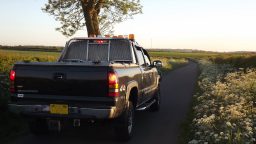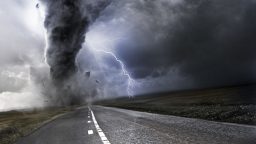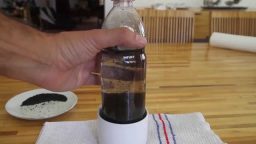Whether or not you like to enjoy a refreshing cocktail after a long day of homestead duties, or you’ve been sober for years, there’s actually a lot of very good reasons to stockpile alcohol, for use around the homestead and also long-term survival.
To be clear, when we’re talking about alcohol, we’re talking about liquor. There are many different kinds of liquor, obviously, so let’s discuss a bit what kind you’ll want to stockpile.
First of all, rubbing alcohol, or isopropyl alcohol, is great to stockpile as well, for many reasons, but this is not what we’re talking about. It does deserve its own mention though, because many of the first-aid uses we’ll suggest for consumable alcohol (which rubbing alcohol is NOT), you can use rubbing alcohol for as well, so you might want to keep it around for those purposes.
Second, many of the commercially-available liquor out there is flavored. For most of the uses we’ll describe, you probably won’t want to use flavored liquor. One reason is that it usually includes artificial flavorings and colors that would not be great to include for say, first aid uses or tinctures. They also won’t keep as long when opened, plus, they’re probably more expensive.
So, for stocking up on alcohol, you’ll probably want to focus on plain, unflavored, quality vodka, whiskey, or gin.
So, without further ado, here the best reasons to stockpile alcohol:
Barter or trade: ah, the first reason isn’t to use it at all! When disaster strikes, being able to offer others alcohol might come in very handy for acquiring supplies or services from others in your community.
Anaesthesia: after a disaster, you might find yourself needing to sedate a patient if you are performing any kind of painful medical procedure like a tooth extraction, setting a broken bone, and liquor will be very helpful for this.
Cleaning wounds: alcohol is incredibly effective for sanitizing wounds, and also sterilizing medical supplies.
Fire starting: while there are probably safer and cheaper methods for fire starting, and you’ll want to be very careful, alcohol is incredibly flammable and can be very effective in starting and sustaining a flame.
Tinctures: probably the best reason for homesteaders to stock up on liquor; it can be used as the base for herbal tinctures for both wild and homegrown medicinal herbs.
Stove fuel: you’ll need the right set-up for this, but alcohol can be used to fuel a stove, and is a popular emergency fuel.
Cleaning a gun: any kind of alcohol is incredibly effective in cleaning a gun after use.
Cold and flu medicine: while you shouldn’t be hitting the bottle too much while sick as it can lower your immune system, a small amount of liquor, such as a single shot or mixed in with herbal tea, can be very effective for killing sickness and clearing sinuses.
Entertainment: don’t forget, you can still simply drink liquor, and keep guests or fellow homesteaders happy! Just be responsible and enjoy!
These are some of the ways you can use alcohol for homesteading and survival. If you’ve got more suggestions, be sure to share in the comments!
If you enjoyed this, you might also like….







